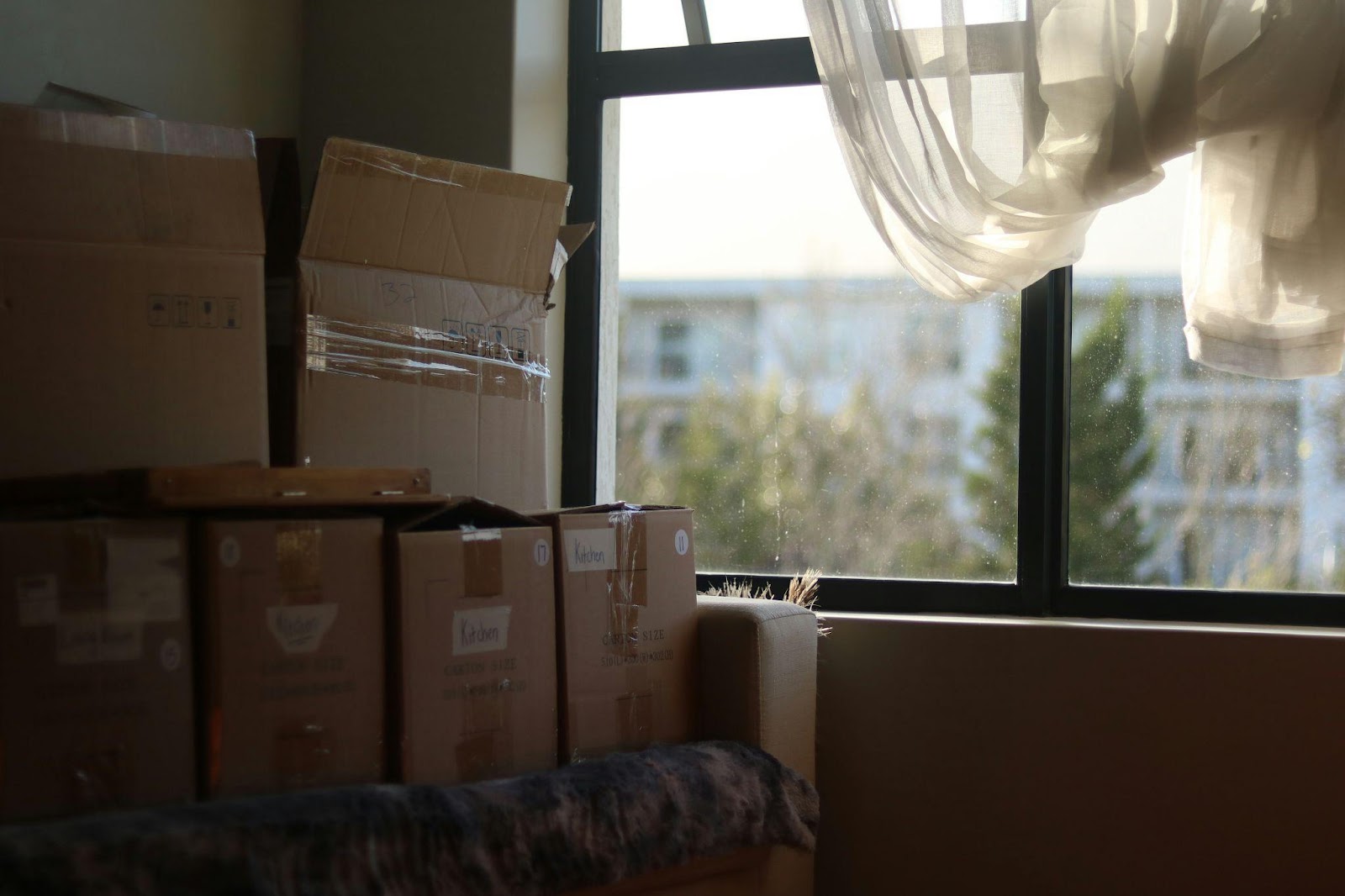- Plan ahead with a detailed checklist, declutter before packing, and book moving services early to avoid last-minute stress.
- Pack room by room using quality materials and clear labels to keep everything organized and easy to unpack.
- Coordinate moving day by assigning tasks and loading the truck strategically to make the process smoother.
- Focus on setting up essential areas first after the move, then establish new routines and explore the neighborhood to settle in quickly.
Moving can be one of life’s most stressful events, but with the right strategies, it doesn’t have to be. The key to making any move smooth and efficient lies in careful planning and preparation. Whether you’re relocating across town or to a different state, having an organized approach can help you avoid many common moving pitfalls, like lost items, last-minute chaos, or delays.
In this post, you’ll discover practical tips to help you take control of your move. From pre-move planning to unpacking at your new home, these strategies will help you stay on track, save time, and reduce stress. Ready to streamline your moving process? Let’s dive in!
Pre-Move Organization
The foundation of a smooth move is solid pre-move organization. It’s easy to underestimate how much time it takes to get everything in order, but the earlier you start, the better. One of the best ways to stay organized is by creating a detailed moving checklist. This checklist should include everything from gathering packing supplies to setting up utilities at your new home. Breaking the process into smaller tasks will make it less overwhelming and ensure you don’t miss any important steps.
Another essential pre-move step is decluttering. Before you even think about packing, go through your belongings and decide what you actually need in your new home. Moving things you no longer use or want only adds extra work and costs. Consider donating or selling items that are in good condition but no longer serve a purpose in your life. By reducing the amount you need to move, you’ll save time and make unpacking easier.
Finally, be sure to book your moving services well in advance, especially if you’re moving during a busy season like summer. Whether you’re hiring professional movers or renting a truck, scheduling early ensures you get the services and dates that work best for you. You don’t want to scramble for a solution at the last minute. Being proactive will make the rest of your move go much more smoothly.
Packing Smart
Once you’ve decluttered and gotten organized, it’s time to start packing. How you pack can make or break your moving experience. Using seamless moving transport solutions for efficiency is key here. The better prepared your belongings are for transport, the smoother things will go on moving day.
First, invest in quality packing materials. This includes sturdy boxes, bubble wrap, and strong tape. The last thing you want is for a box to break open during transport because it wasn’t secured properly. Labeling is another essential step. Make sure each box is labeled with both its contents and the room it belongs in. This will save you a ton of time when unpacking, as you’ll know exactly where everything goes.
When it comes to the actual packing process, go room by room. This method helps keep everything organized and prevents items from getting mixed up. It also allows you to focus on one space at a time, which is far less stressful than trying to tackle the entire house at once. Start with items you don’t use daily, like seasonal clothing or décor, and leave essentials for last.
Moving Day Coordination
Moving day can easily become chaotic if things aren’t properly coordinated. To prevent confusion and delays, it’s important to assign roles and responsibilities, especially if you have family members or friends helping with the move. Everyone should know what tasks they are responsible for, whether it’s managing paperwork, overseeing movers, or handling last-minute packing. This will help keep the process smooth and prevent too many people from working on the same task. Additionally, if you have children, you might want to explore Summer Camps in Bel Air, MD, or your location, as a way to keep them active and entertained while you manage the logistics of the move. This will allow you to stay focused on the critical aspects of your move, without worrying about keeping your children occupied during the busy day.
Loading the moving truck strategically is another important aspect of moving day. Larger, heavier items like furniture and appliances should be loaded first, followed by medium-sized boxes. Lighter, more fragile items should go on top to prevent damage. Keeping an eye on how the truck is loaded can make a big difference when it comes to unloading at your new home. You’ll have an easier time finding what you need and protecting your belongings during transit.
Lastly, don’t let last-minute tasks throw you off. There are always unexpected things that come up on moving day, like disconnecting appliances or doing a final sweep of the house. Have a small list of last-minute tasks and designate someone to handle them. This way, nothing will be left behind, and you can head to your new home with peace of mind.
Unpacking with Ease
After the move, the unpacking process can feel just as overwhelming as packing, but it doesn’t have to be. Start with essential items first—things that will help make your new home functional right away. This includes setting up the kitchen, bathrooms, and sleeping areas. Having these spaces ready will help you feel settled faster and make the transition smoother for you and your family.
Next, focus on getting the larger items, like furniture and appliances, into their designated places. Once these major pieces are set up, you’ll have a clearer sense of space and flow in your new home, making it easier to figure out where smaller items should go. Trying to organize smaller belongings before arranging the big ones can lead to clutter and frustration.
Finally, take your time with the rest of the unpacking. It’s tempting to rush through it, but tackling a few boxes at a time will help you stay organized and avoid burnout. Prioritize unpacking one room at a time, similar to how you packed. This method will allow you to gradually get everything in place without feeling overwhelmed by the process.
Post-Move Settling In
After the boxes are unpacked and furniture is in place, it’s time to focus on settling into your new home. The first step is to establish a routine. This will help your new environment feel more familiar and comfortable. Start by organizing key areas like the kitchen and bathroom, which are used most frequently. Having these spaces set up and functional right away can make your new home feel livable, even if other areas are still being organized.
In addition to getting your home in order, you’ll need to take care of important post-move tasks like updating your address on official documents and with service providers. This includes changing your address with the post office, updating your driver’s license, and notifying your bank, utilities, and insurance companies. These administrative tasks may seem tedious, but handling them promptly will ensure that your mail and services continue smoothly.
Finally, take time to explore your new neighborhood. Familiarizing yourself with nearby amenities—like grocery stores, parks, and restaurants—will help you feel more at home. Meeting your neighbors and learning about local events or community groups can also be a great way to start building connections in your new area. Settling into a new home isn’t just about the physical space—it’s also about creating a sense of belonging in your new community.
Conclusion
A successful move doesn’t happen by chance—it requires thoughtful planning and execution. From organizing before the move to unpacking and settling into your new space, each step can be made smoother with the right approach. By following these tips, you’ll not only reduce stress but also ensure that the process is as efficient as possible.
Remember, it’s all about preparation, organization, and staying calm. With these strategies, your move can be a positive and exciting new chapter, rather than a stressful ordeal.



